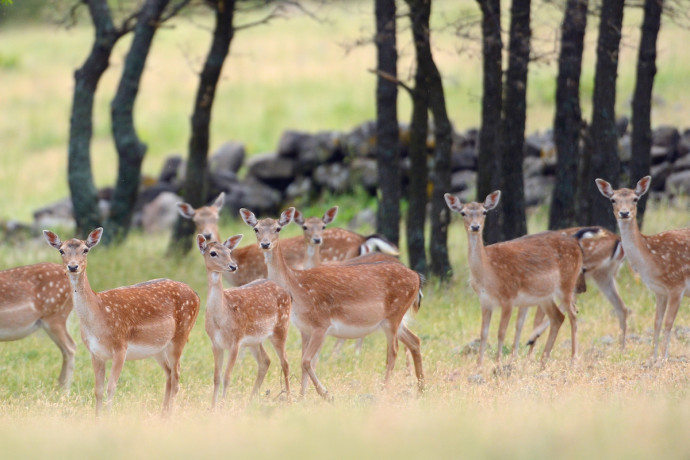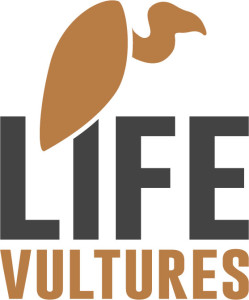Aiding restoration efforts in the Rhodope rewilding area, satellite transmitters are now being used to provide valuable scientific information about the ecology and biology of fallow deer.

At the beginning of 2017, five fallow deer were equipped with satellite transmitters by veterinarians and experts from the Rhodopes rewilding team. These are all now working and already sending their first signals and data. By the end of this year a total of nine fallow and five red deer will have been fitted with transmitters.
Satellite tracking will help us learn more about the distribution and movements of the deer, and the threats that they face, thereby boosting measures to protect both species. The gathered data will also reveal the animals’ favourite resting and feeding sites in the one of the core rewilding areas in the Rhodope Mountains – the Studen Kladenets Reserve.
— “The data collected will help us make a more accurate habitat model for fallow and red deer,” says Stefan Avramov, an expert from the Rewilding Rhodopes team. “This will show the most suitable places for future reintroduction and restocking efforts in the region.”

Rewilding Rhodopes is aiming to oversee a step-by-step recovery of the fallow deer population in the whole of the Eastern Rhodopes. Rhodopes rewilding team has been working together with the National Hunting and Fishing Association; local hunting units have been working for years to restore fallow and red deer populations in the Eastern Rhodopes.
So far around 120 fallow and 30 red deer have been released into in this rewilding area. Further 200 fallow and 50 red deer are set to be be released over next few years in the scope of the LIFE Vultures project, aiming to increase the natural food source for the vultures. Remains of dead deer – partly as a result of wolf kills – are an important food source for griffon, Egyptian and black vultures. Furthermore, there will be a ban on hunting the released animals for at least five years.
 One of the key roles of the reintroduced red and fallow deer will be to enhance and maintain the mosaic landscape of the Eastern Rhodopes. By sustaining critical habitats that support the comeback of vultures and other protected species, this is of great importance for conserving the region’s rich biodiversity.
One of the key roles of the reintroduced red and fallow deer will be to enhance and maintain the mosaic landscape of the Eastern Rhodopes. By sustaining critical habitats that support the comeback of vultures and other protected species, this is of great importance for conserving the region’s rich biodiversity.
